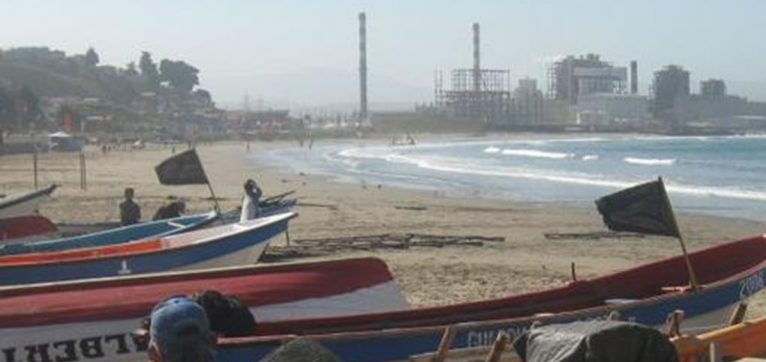
Why are odours classified as pollution in Chile?
At the end of 2018, the Parliamentary Committee for the Environment and Natural Resources proposed to classify odours as pollution. In their decision, the committee expressed their goal to measure odours and include them in environmental issues. This was likely prompted at least partly by a couple of events where a crisis unfolded as the impact on the community was seemingly ignored.
Freirina

One of the committee members recalled the case of Freirina, a small town in the Atacama region. In 2011, violent protests caused the closure of a massive pig farming installation. Odours from the plant were so intense, residents reported they were noticeable up to 5 km away. The plant operator spent almost a year trying to reduce the odours while the locals suffered. Frustrations with the slow progress finally led to extreme protests that forced workers to flee the plant. With no-one to attend to the animals, some 500,000 pigs were left to starve. Luckily the animals were evacuated in time and a worse environmental crisis was averted. Eventually, unable to resolve the popular and political backlash, the plant was forced to close permanently, which meant a 200-million-dollar loss for the company.
The situation in Freirina shows how lack of engagement can cause a situation to escalate out of control. The operator of the facility was in fact trying to address the problem. In full cooperation with regulators, the company was making constant, though slow, progress. But improvement did not come soon enough to placate the long-suffering population. Locals did not feel that anyone was taking their problems seriously. One could argue whether a more proactive and inclusive engagement approach could have resolved the issue faster or not. But in any case, it would have provided a safer outlet for the frustrations of the affected locals.
Quintero & Puchuncavi - The Sacrifice Zone

More recently in 2018, the towns Quintero and Puchuncavi were the focal point of another environmental crisis. The area between these towns has become known as the Sacrifice Zone, where 17 industrial installations have settled in the area with little regard to the impact on the local environment and populations. Residents have been subjected to constant odours, toxic spills and other waste. Last august officials declared an emergency after some 800 adults and 400 school children had to be hospitalized.
It started with reports of odours already on the 19th of august, a Sunday night. Air pollution monitors showed normal emission levels, so officials did not worry. As the number of reports grew throughout Monday, so did concern that something was wrong. But there was still no sign of anything wrong according to official measures. By Tuesday, people started flooding the local hospitals requiring treatment for gas poisoning.
It is still not clear exactly what happened and what caused it. Experts have not been able to agree on whether there were toxins in the air or not, and if so, which ones. The Ministry of Health maintains that the offensive odours were intense and caused a physical reaction in the population, but they were not actually toxic. In any case it seems clear that an earlier alarm might have avoided the problem escalating. Environmental controls based on human impact at receptors, rather than emissions at source, might have prompted a faster response. And by their own admission, even if not toxic, the impact of the odours turned out to be much more than mere nuisance.
These two cases are symptomatic of the outdated perception that odours are harmless. Despite growing evidence that persistent exposure to odours can have significant health effects. Environmental odours can, and should, be controlled. Although D-NOSES is not necessarily about creating new blanket restrictions on emissions for industries. The philosophy is that local problems need local solutions. In some cases that might indeed require legal frameworks that enable action to take place. But many of these issues can be improved, if not resolved, by creating the right conditions. These conditions includes an engaged community, a compassionate industry, and a responsive local government, all ready to collaborate on practical solutions that fit the local context. At the heart of this lies a data set that can define the problem and show the impact on the community. The D-NOSES approach can provide the data and the conditions. But we will need your help.
Follow the project’s progress and activities by signing up to our newsletter, and following us on social media.